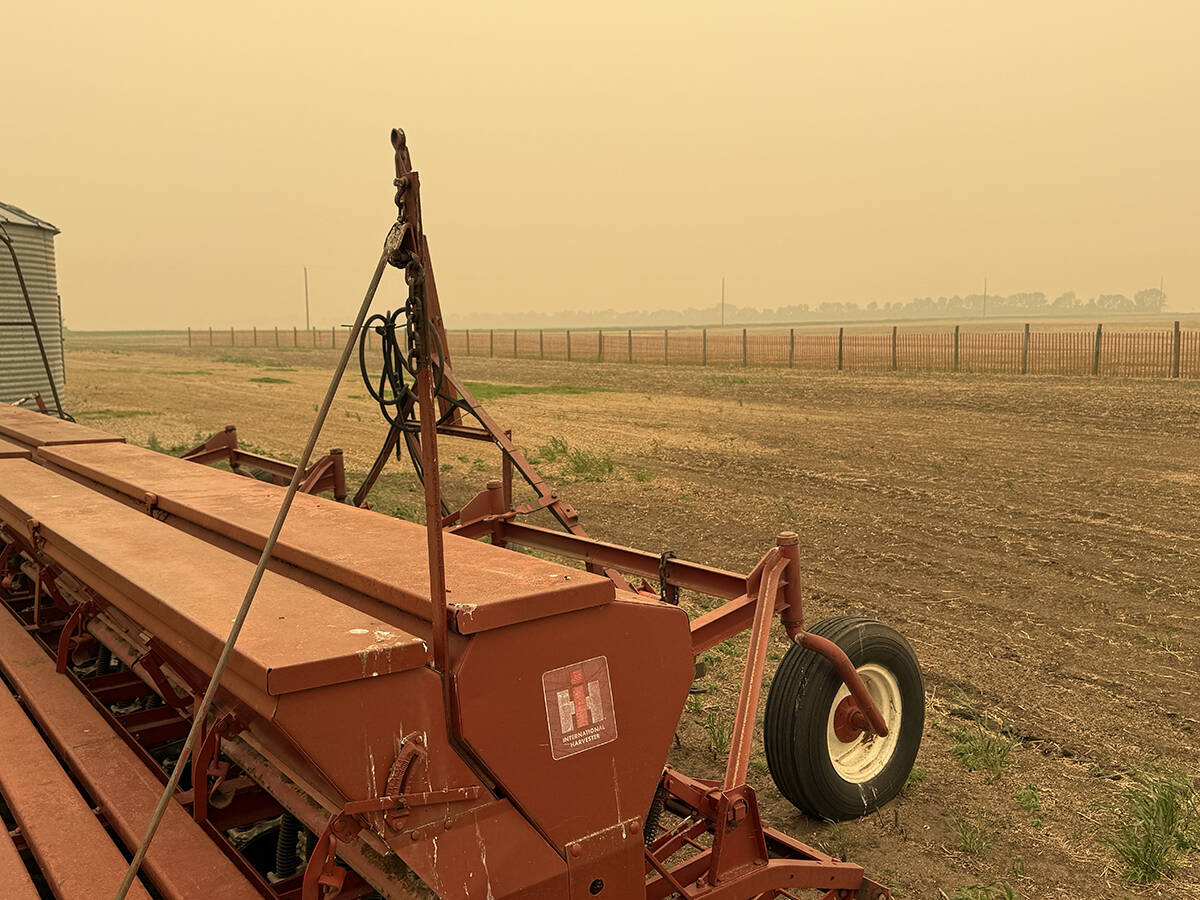Farmers are warned to use extreme caution when pumping out manure pits and tanks.
Last month two farmers in southwestern Ontario died while doing that chore. They were moving liquid manure from a holding tank to mix with older manure, in order to loosen the material and drain it into a tank.
But the area was poorly ventilated and the farmers, plus a third person helping them, were overcome by toxic hydrogen sulfide gas.
“It’s like taking a can of pop and shaking it up and then popping the lid, and all the carbon dioxide is released. The same thing happens in the manure pit,” said Steve Zronik, spokesperson for the Farm Safety Association Inc. in Guelph, Ont.
Read Also

Wildfires have unexpected upside this year
One farmer feels smoke from nearby wildfires shrouded the July skies and protected his crop from the sun’s burning rays, resulting in more seeds per pod and more pods per plant.
Zronik said hydrogen sulfide is always present as manure decomposes. But when manure is agitated, it produces greater concentrations of the gas. Levels escalate in a matter of seconds.
The gas is about 20 times heavier than air, and displaces it. At low levels, hydrogen sulfide smells like rotten eggs but at higher concentrations, it temporarily paralyzes the sense of smell.
“You don’t have to have a lot of liquid manure in the system in order to produce the gas. We’ve had cases where toxic levels of gas were produced with as much as only a foot deep of manure,” said Zronik.
He said three Ontario farmers almost died from manure gases in 1996, and one died in 1995.
“It’s started to happen again in recent years with too much frequency. We had a lull there where we didn’t have any deaths or serious situations,” he said.
Glen Blahey, a spokesperson for Manitoba Labor, said five people have died from manure gas in the past 10 years. In 1987, a farmer and a manure handler were overcome when they entered a holding tank.
And last year, three farmers from the Broad Valley Hutterite Colony were found dead in a manure holding facility.
“You go in assuming it’s safe and all of a sudden there’s nothing to breathe,” said Blahey.
He added there are many similarly dangerous confined areas on farms where deadly gases can build up, including air seeder tanks, septic tanks, empty wells, silos and bins.
“All of them have the same potential, and that is to kill someone.”
Safety tips
- Don’t go into a confined space unless you’re aware of the danger and convinced you’re protected.
- If possible, get a manure- handling company to test your tank for gases.
- Wear a self-contained breathing apparatus, similar to those worn by firefighters. They’re expensive, at $800 to $2,000, but some farmers will share them.
- Ventilate the area. Turn on fans, open doors, get the air moving before you start
pumping. If possible, make sure the barn is empty of animals and people.
- Lock off mechanical and electrical equipment inside the confined area before you go in.
- Develop an emergency plan for worst-case situations.
- Use the buddy system. Wear a safety harness and rope and make sure someone is there to pull you out should the worst happen.
- Never allow manure pits to fill completely. If possible, lower levels before agitating.
- Keep the agitator below the surface of the manure.














